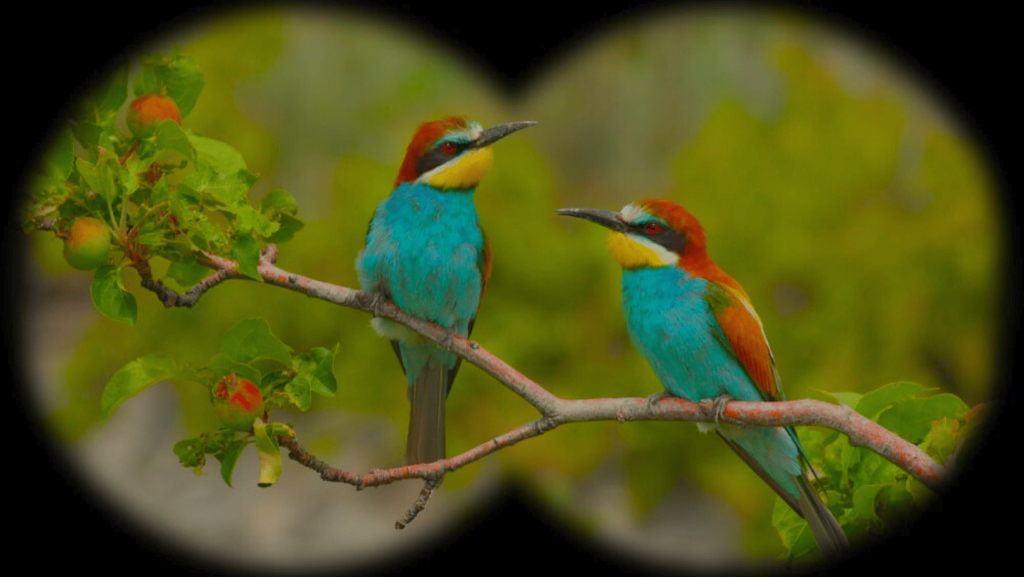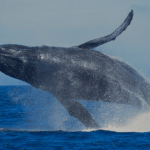Sri Lanka, a tropical paradise known for its rich biodiversity, offers a haven for birdwatchers. From vibrant rainforests to serene wetlands, the island hosts a plethora of avian species, making it a must-visit destination for bird enthusiasts. Here’s a guide to the top spots and species to see on your birdwatching adventure in Sri Lanka.
Top Birdwatching Spots in Sri Lanka
1. Sinharaja Forest Reserve
Sinharaja Forest Reserve, a UNESCO World Heritage site, is a biodiverse treasure trove. This lush rainforest is home to over 147 bird species, including 21 endemic species.
- Species to See: Sri Lanka Blue Magpie, Red-faced Malkoha, Sri Lanka Frogmouth, Sri Lanka Drongo
- Accessibility: The reserve can be accessed via the A8 highway from Colombo, turning onto the A17. From there, follow signs to Deniyaya, where the forest reserve begins. A 4WD vehicle is recommended due to the rugged terrain.
2. Bundala National Park
Bundala National Park, located in the southeastern coastal region, is renowned for its wetlands. This park is an important stopover for migratory birds, attracting thousands of bird species.
- Species to See: Greater Flamingo, Painted Stork, Black-necked Stork, Eurasian Spoonbill
- Accessibility: Accessible via the A2 highway from Colombo to Hambantota. The park entrance is near the coastal town of Tissamaharama. A regular car or van can navigate these roads easily.
3. Horton Plains National Park
Nestled in the central highlands, Horton Plains National Park offers a unique birdwatching experience. The park’s montane grasslands and cloud forests are home to several endemic and migratory birds.
- Species to See: Sri Lanka Whistling Thrush, Yellow-eared Bulbul, Dull-blue Flycatcher, Pied Bush Chat
- Accessibility: Access via the B512 road from Nuwara Eliya. The winding roads are best navigated with a 4WD vehicle or a sturdy van, especially during the rainy season.
When visiting Horton Plains, you’ll have the rare opportunity to spot leopards in their natural habitat—though, rest assured, it’s not about destruction but rather the thrill of witnessing these majestic creatures in action!
4. Kumana National Park
Kumana National Park, located on the southeastern coast, is a renowned bird sanctuary. Its lagoons and marshes attract a diverse range of bird species, particularly during the migratory season.
- Species to See: Black-headed Ibis, Lesser Adjutant, Spoonbill, Great Egret
- Accessibility: From Colombo, take the A4 highway to Pottuvil, and then follow the signs to the park. A 4WD vehicle is recommended for navigating the park’s dirt roads.
Endemic Bird Species of Sri Lanka
Sri Lanka boasts 33 endemic bird species, making it a prime destination for spotting rare birds. Here are a few highlights:
- Sri Lanka Junglefowl: The national bird of Sri Lanka, found in forests and scrublands.
- Sri Lanka Hanging Parrot: A small, vibrant green parrot that inhabits the island’s forests.
- Sri Lanka Spurfowl: Known for its elusive nature, this bird inhabits the dense forests of the Wet Zone.
- Sri Lanka Blue Magpie: A striking bird with blue and chestnut plumage, found in the rainforests of Sinharaja.
Tips for Birdwatching in Sri Lanka
Best Time to Visit
The best time for birdwatching in Sri Lanka is during the migratory season, from November to March. During this period, the island becomes a haven for migratory birds escaping the northern winter.
Essential Gear
To make the most of your birdwatching experience, having the right gear is crucial. Here are some essentials:
- Binoculars: A good pair of binoculars is essential for spotting birds in dense foliage or at a distance.
- Field Guide: A field guide to Sri Lankan birds will help you identify species and learn about their habitats.
- Camera: Capture the vibrant avian life with a camera equipped with a zoom lens for close-up shots.
Guided Tours
Consider joining a guided birdwatching tour led by local experts. These tours offer insights into the best birding spots and the behavior of different species, enhancing your overall experience.
Conservation Efforts
Sri Lanka is committed to the conservation of its avian diversity. The government has established many national parks and reserves to protect bird habitats. Additionally, local and international organizations are working together to promote bird conservation and sustainable tourism.
Conclusion
Birdwatching in Sri Lanka offers an unparalleled experience for nature enthusiasts. With its diverse habitats and rich avian life, the island promises unforgettable encounters with some of the world’s most beautiful birds. Birdwatching in Sri Lanka: Top Spots and Species to See. So, plan your visit, pack your gear, and get ready to explore the avian wonders of Sri Lanka.



